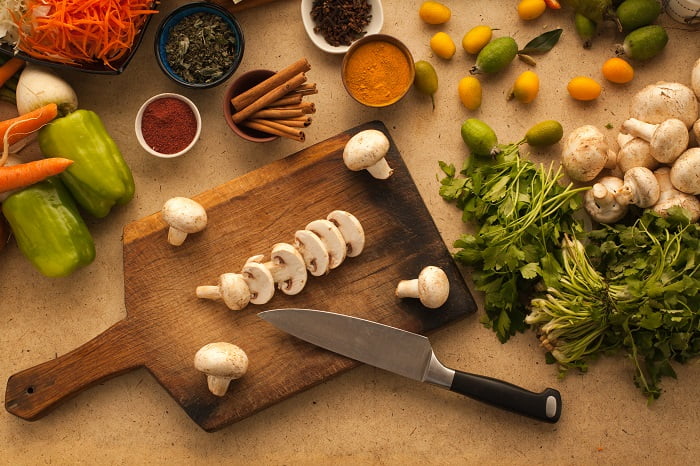Dosa is one of the maximum popular Indian breakfast dishes out there. The thin and crispy rice batter crepe-like dish is enjoyed with piping warm sambhar (bitter and spicy vegetable lentil curry) and coconut and coriander chutneys. The dish absolutely needs no creation as it has made South Indian delicacies shine on the global level. According to some facts, the dish becomes invented within the city of Udupi in Karnataka. However, every other famous notion traces the discovery of the dosa to the country of Tamil Nadu. It is also said that the authentic dosa changed into an awful lot thicker and fluffier than the present-day avatar of the dish, which has a skinny and crispy, almost porous texture. Dosa has taken on many paperwork because it has captured the hearts of meals enthusiasts around the united states.

Cheese or even schedule variations of dosas have started making appearances at the menus of restaurants across India. But the conventional masala dosa has a separate fanbase. The iconic dish is made using spreading the fermented dosa batter on massive gently-oiled griddles in perfect rounds and then putting a highly spiced and flavourful cooked potato bhaji within the centre, before folding it into neat cylindrical rolls. It’s the delicious bhaji that makes the masala dosa this crowd favourite. The bhaji is called potato Palya (Kannada) or potato poriyal (Tamil).
Potato Palya: The Essence Of Masala Dosa phrase ‘palya’ refers to fried or often vegetable. The time period may be used to refer to any sautéed vegetable that is cooked with a combination of chana dal and urad dal and is spiced with curry leaves, mustard seeds, and inexperienced chillies. You could have the potato poriyal or palya as a standalone dish, or you may put it in dosa and revel in it as masala dosa. A famous version of palya entails boiling potatoes with peas and then mashing the potatoes to a creamy paste-like consistency. The tempering of urad and chana dal, at the side of mustard seeds, and optionally cashew nuts, onions, and inexperienced chillies is then added to the potato mash, making a scrumptious potato masala.
If your browning starts offevolved burning, forestall. Take the pan off the heat, off the burner. If what you are cooking is burnt, even if barely burnt, you may want to stop and begin over. That consists of wiping out the pan with a paper towel and if the use of oil, get sparkling oil. Don’t just pick out the burnt pieces. The burnt taste will nevertheless stay within the oil. After all, what you have got commenced to burn might be just some onions or a bit garlic. Not too costly to throw out and begin over. Don’t try to save anything burnt here because the cooking technique will simplest enlarge the burnt flavour.
When you are cooking without salt, you really need to take note of taste and no longer threat jeopardizing the taste of the dish with a slightly burnt or scorched taste. It’s just no longer really worth the chance of ruining the recipe. Start over.
Try to brown meats absolutely properly, in particular, earlier than beginning a soup, stew or even before including to a crockpot or pressure cooker. The browning adds a brilliant quantity of richness and a pleasant depth of taste to the broth or sauce, especially in low sodium recipes.
This browning technique also allows the food to look extremely wealthy and appetizing. When food looks appropriate, it’ll taste better. Many oldsters have hassle with their appetites on a low sodium weight loss plan. Complaining that the meals do not contain flavour right. So often it’s genuinely because the food doesn’t look accurate. It is light and unappetizing. Taking the time to do that one cooking technique will make one of this distinction in each look and taste.
Remember to let your meals brown and take a while whilst browning. This is one of the most simple and one of the most essential of all cooking suggestions and will make a big difference toward extra flavorful low sodium recipes.








